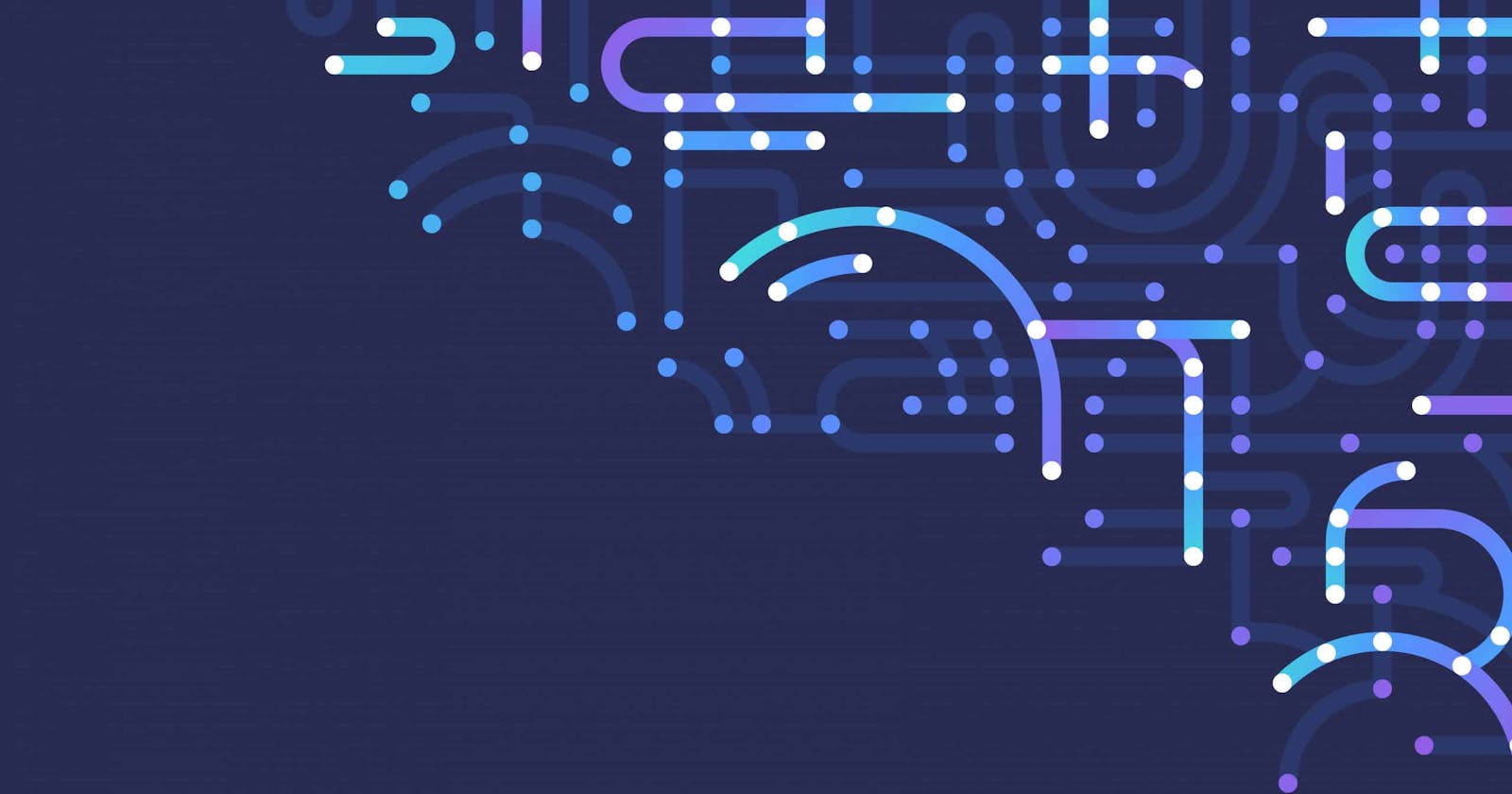Networking is the backbone of modern communication, enabling devices to connect and exchange data seamlessly across the globe. At the heart of this interconnected web lies the TCP/IP protocol suite, a fundamental framework that governs how data is transmitted and received over networks. In this blog post, we'll delve into the intricacies of TCP/IP, exploring its key concepts, protocols, and functionalities, with real-world examples to solidify our understanding.
What is TCP/IP?
TCP/IP, which stands for Transmission Control Protocol/Internet Protocol, is a set of networking protocols that allows devices to communicate over the Internet. It provides a standardized method for data transmission, ensuring reliable delivery across diverse network environments.
Key Components of TCP/IP:
1. TCP (Transmission Control Protocol):
TCP is responsible for breaking data into packets, ensuring reliable delivery, and reassembling them at the destination.
It establishes a connection-oriented communication between devices, guaranteeing data integrity and sequencing.
Example: When you browse a website, TCP ensures that all elements of the webpage (HTML, images, scripts) are delivered correctly and in the right order.
2. IP (Internet Protocol):
IP handles the routing of packets between devices in a network.
It assigns unique IP addresses to each device, allowing them to be identified and located on the network.
IP operates in a connectionless manner, treating each packet independently.
Example: When you send an email, IP ensures that your message is routed from your device to the recipient's device, regardless of the specific path it takes.
How TCP/IP Works:
Establishing a Connection:
- The process begins with a TCP handshake, where the client and server exchange synchronization (SYN) and acknowledgment (ACK) packets to establish a connection.
Data Transfer:
- Once the connection is established, data transmission occurs in segments or packets. TCP breaks the data into manageable chunks, adds header information for routing and error checking, and sends them across the network.
Ensuring Reliability:
- TCP employs sequence numbers and acknowledgment mechanisms to ensure that data is delivered reliably and in the correct order. If any packets are lost or damaged during transmission, TCP will retransmit them to ensure completeness.
Terminating the Connection:
- Once the data transfer is complete, TCP terminates the connection using a three-way handshake, consisting of FIN (finish) and ACK packets exchanged between the client and server.
Real-World Example: Browsing a Website
Let's illustrate the TCP/IP process with a real-world example of browsing a website:
Requesting the Webpage:
- When you enter a website URL into your browser, your device sends an HTTP request to the web server.
Establishing a TCP Connection:
- The browser and the web server engage in a TCP handshake to establish a connection. This involves the exchange of SYN and ACK packets.
Transferring Data:
- Once the connection is established, the web server sends the requested webpage data in TCP segments, which are then reassembled by your browser.
Ensuring Reliability:
- TCP ensures that all webpage elements (HTML, images, scripts) are delivered reliably and in the correct order. If any packets are lost or damaged, TCP retransmits them as needed.
Terminating the Connection:
- After the webpage is fully loaded, the TCP connection is terminated using a FIN and ACK exchange between the client and server.
Understanding the Layers of TCP/IP
TCP/IP operates on a layered architecture, with each layer responsible for specific tasks related to data transmission and communication. Let's explore the layers of TCP/IP in more detail:
1. Application Layer:
The topmost layer of the TCP/IP model.
It encompasses protocols that directly interact with user applications, such as HTTP, FTP, SMTP, and DNS.
Responsible for formatting data for presentation and handling user requests.
Example: When you send an email using SMTP (Simple Mail Transfer Protocol), the application layer protocol handles the transfer of email messages between mail servers.
2. Transport Layer:
Located below the application layer.
Responsible for end-to-end communication and data transfer between devices.
Two primary protocols at this layer are TCP (Transmission Control Protocol) and UDP (User Datagram Protocol).
TCP provides reliable, connection-oriented communication, while UDP offers a simpler, connectionless approach.
Example: When you download a file using FTP (File Transfer Protocol), TCP ensures that all file segments are delivered reliably and in the correct order.
3. Internet Layer:
Sits below the transport layer.
Handles the routing of data packets between networks.
Key protocol at this layer is IP (Internet Protocol), which assigns unique IP addresses to devices and facilitates packet routing.
Example: When you access a website, IP determines the best route for data packets to reach the destination server based on the destination IP address.
4. Link Layer:
The lowest layer of the TCP/IP model.
Also known as the network interface layer or data link layer.
Responsible for transmitting data packets within a single network segment.
Includes protocols such as Ethernet, Wi-Fi (802.11), and PPP (Point-to-Point Protocol).
Example: When you connect to a Wi-Fi network, the link layer protocols manage the transmission of data packets between your device and the wireless access point.
Real-World Example: Sending an Email Attachment
Let's walk through the layers of TCP/IP using a real-world example of sending an email attachment:
Application Layer:
The user composes an email with an attachment using an email client (e.g., Outlook, Gmail).
The email client formats the message and attachment according to the SMTP protocol.
Transport Layer:
The SMTP protocol at the application layer hands over the formatted email to the transport layer.
TCP establishes a connection between the sender's email client and the SMTP server.
Internet Layer:
The email message, now encapsulated in TCP segments, is passed down to the internet layer.
IP assigns source and destination IP addresses to the data packets and determines the best route for transmission.
Link Layer:
At the lowest layer, the data packets are encapsulated into frames according to the link layer protocol (e.g., Ethernet for wired connections, Wi-Fi for wireless connections).
The frames are transmitted over the physical network medium to reach the recipient's email server.
